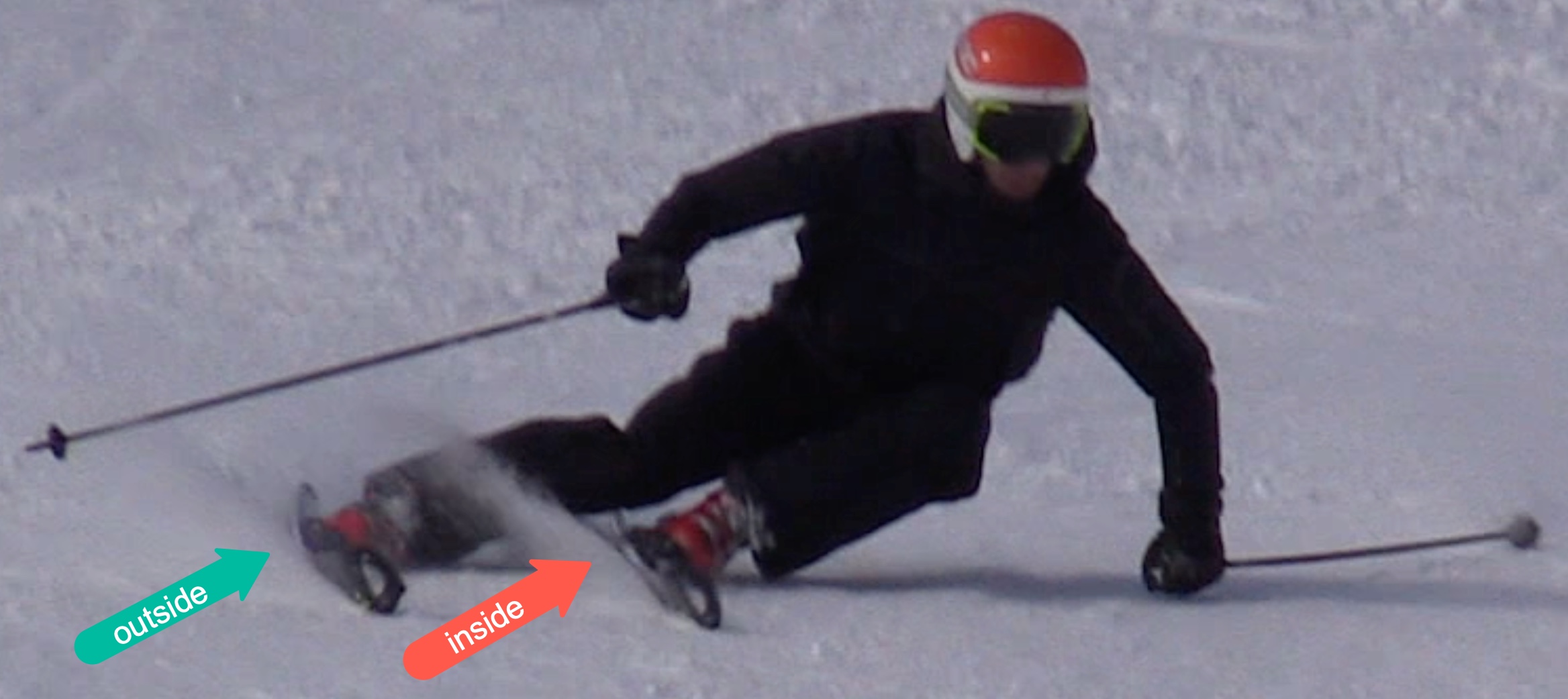- Joined
- Apr 17, 2018
- Posts
- 241
ummm too much balance on your inside ski in the picture is causing quite a bit of divergence........also pretty soft alignment.
What is a soft alignment?
ummm too much balance on your inside ski in the picture is causing quite a bit of divergence........also pretty soft alignment.
ummm too much balance on your inside ski in the picture is causing quite a bit of divergence........also pretty soft alignment.
This is also right as I'm stepping onto my uphill / new-outside ski to start a turn in the other direction. I'm not looking for technical perfection, just out having a great time. Not too bad for somebody that only gets a couple of weeks a year on skis. Remember, it's all about the stoke.ummm too much balance on your inside ski in the picture is causing quite a bit of divergence........also pretty soft alignment.
What is a soft alignment?
And in challenging snow, like wind affected or really heavy powder, almost 100 percent on the outside shoes works really well
It depends. I think if I start thinking "outside", my "body" will figure out the right distribution, given how the snow reacts, within a few turns. I don't honestly know if it's distribution at the apex of like 60/50 or just the timing of transfer and DIRT of extension/flexion etc... I think in dynamic skiing, it's not clear cut and to a large extent, irrelevant... as long as the intention to balance on the outside ski is there (maybe that's why PSIA and CSIA say "direct pressure to the outside ski... ?)In powder??
I don't honestly know if it's distribution at the apex of like 60/50 or just the timing of transfer and DIRT of extension/flexion etc...
That's why I prefer to start from an ideal and then figure out what that snow likes, since every run is different: some have something hard underneath, some not... I'm not going to start a run and pick up a calculator and punch in snow thickness, dew point etc and result in the goal of "65/43"
that's the point - who does math on powder day??where did the extra 10 come from?!

One thing has never changed and that is that I still ski with my weight on my outside ski.
